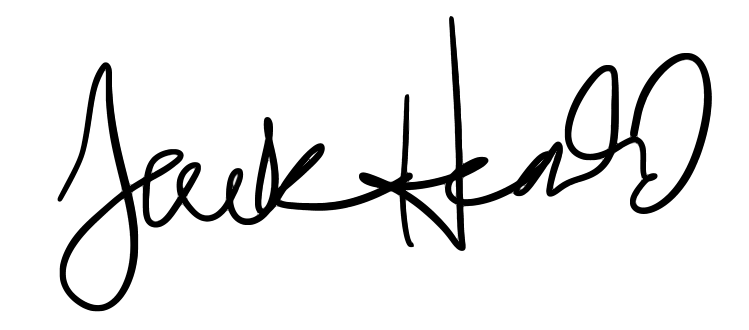{transcipt}
To understand intuition, you need to understand that we’ve got brains split into two halves. A dominant half and a non-dominant half. Most of us who operate in the tech world – who spend a lot of time with computers, who deal with analysis, with data, with logical thinking and even with words – are very used to operating inside the parameters that are established by our dominant brain.
If you’re right-handed, that’s typically the left side of your brain. And it’s reversed if you’re left-handed.
The dominant side of the brain manages or is in charge of analytical thinking, data, logic, reasoning, math and – most importantly for my purposes – language and words.
When we’re operating in places like Twitter and we’re doing things like having somebody talk with us, engaging in a conversation, we’re operating primarily out of the realm of our dominant brain.
Intuition is a different part of the body and a different part of experience.
If you think of the dominant brain as the part that deals with deduction – the Sherlock Holmes kind of stuff – where we see “this” and “this” and “this” and we put it all together in a sequence and it adds up to something . That’s what math does. That’s what well-constructed sentences do. That’s what logic does. That’s deduction.
Intuition is a completely different form of understanding, of knowing, of awareness, of consciousness.
Intuition is a matter of pattern recognition. It is not verbal. It tends to be primarily visual or sound-based without actually using language. So, that’s what intuition is.
It’s a type of knowing that operates outside the realm of deduction, logic, language, and math.
If you want to strengthen your intuition, what you have do is strengthen that part of your body that manages those types of behaviors and those types of perceptions.
Well, how do we go about doing that?
I referred to the dominant and the non-dominant parts of the brain. If you’re right-handed, then the dominant part of your brain manages the dominant side of your body. Left-handed, you’re managed by the right side of the brain. Right-handed, you’re managed by the left side of the brain.
If you want to strengthen the non-dominant side of the brain, you have to engage in things that use the non-dominant side of the brain. If you’ll do this, you will find that your intuition gets strengthened.
Here’s some exercises. These are very practical things you can do.
For those of us again who operate in the logical-rational-deductive realm, this is gonna be very difficult. It’s going to be possibly painful. Certainly frustrating. You’re going to intentionally shut down your dominant brain and intentionally engage your non-dominant brain.
I suggest that you try exercises like this:
First of all, start to draw. Grab a pen or a pencil and some paper and just draw. Don’t write words. Draw things.
It can first start to be patterns, but the best way to create additional power from your non-dominant brain is to draw what you see. Learn how to draw what you see.
There’s a book that I think you’ll find very useful. It’s called Drawing on the Right Side of the Brain; I believe is what it’s called. You can google it and find it on Amazon. Very, very useful.
Teaches people who are not traditionally thought of as artistic how to perceive better and translate that perception into drawings with pencil and paper.
So, first thing you should do is draw.
The next thing you do – once you’ve started to get an idea of drawing – is switch to your non-dominant hand. If you’re right-handed, try drawing with your left hand.
This is where the real pain will kick in. You’re gonna be learning to do things with the non-dominant side of your body. Things that you have tremendous skill at with the dominant side of your body. And you’re gonna feel really frustrated using the non-dominant side of your body. You’re gonna be thinking to yourself, “I could do this so much better with my right hand,” if you’re right-handed. And that’s the whole point.
What’s happening is the dominant side of your brain is not being used. It sees, it perceives that it’s capable of doing this job so much better than the non-dominant side of the brain. And it’s gonna be screaming at you, “Hey! Let’s do it over here! We can do it better!”
The point is not to do it better. The point is to develop this non-dominant side of your brain where intuition and pattern recognition takes place. And to do that, you’re forcing that side of your brain to take over. And you’re forcing the dominant side of your brain to sit in the back seat, shut up, or even take a nap and go away.
After you’ve done the drawing, and then you’ve moved to drawing with your non-dominant hand, close your dominant eye and draw with the non-dominant hand.
I’m right-handed. That means that my right eye is my dominant eye. So, what I have to do when I’m doing this exercise, I actually close my dominant eye and draw with my non-dominant hand.
It is slow. It is painstaking. It is frustrating. The results are really, really interesting.
But what’s happening is I am forging new neural connections on the non-dominant side of my brain. And that’s the area where pattern recognition occurs.
Pattern recognition is what intuition is. Intuition is the ability to perceive something, to recognize it, but not necessarily be able to verbalize it.
Now, we’ve done exercises that allow us to strengthen our intuition.
Tomorrow I’m going to talk about how to access the intuition the you are increasing by going through these exercises.
This is where it gets really exciting.
